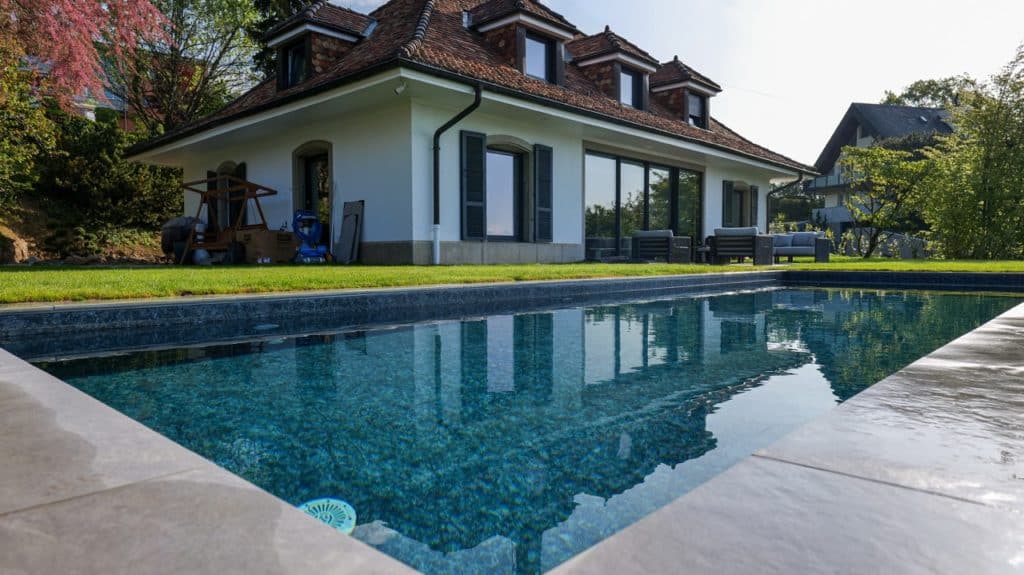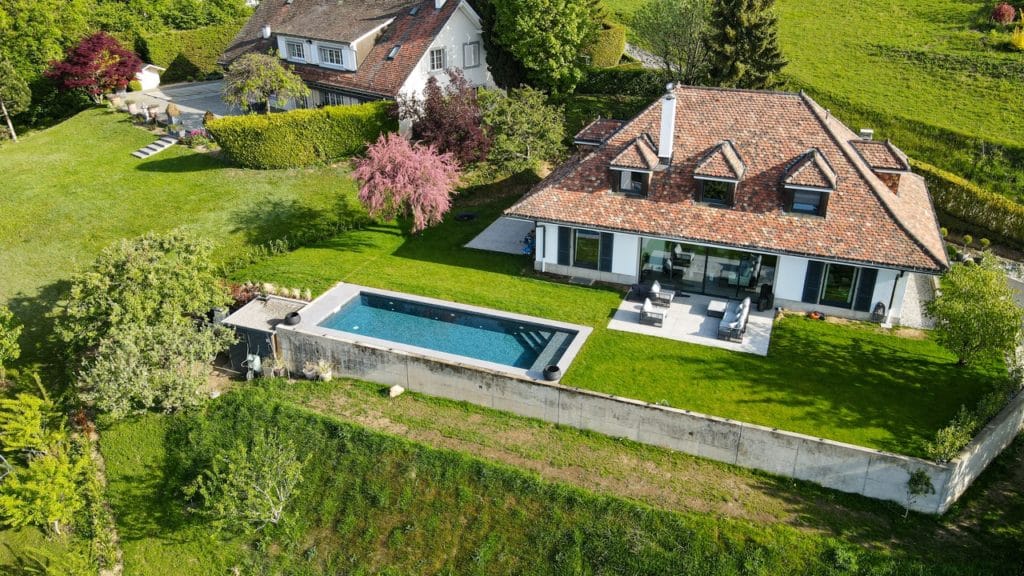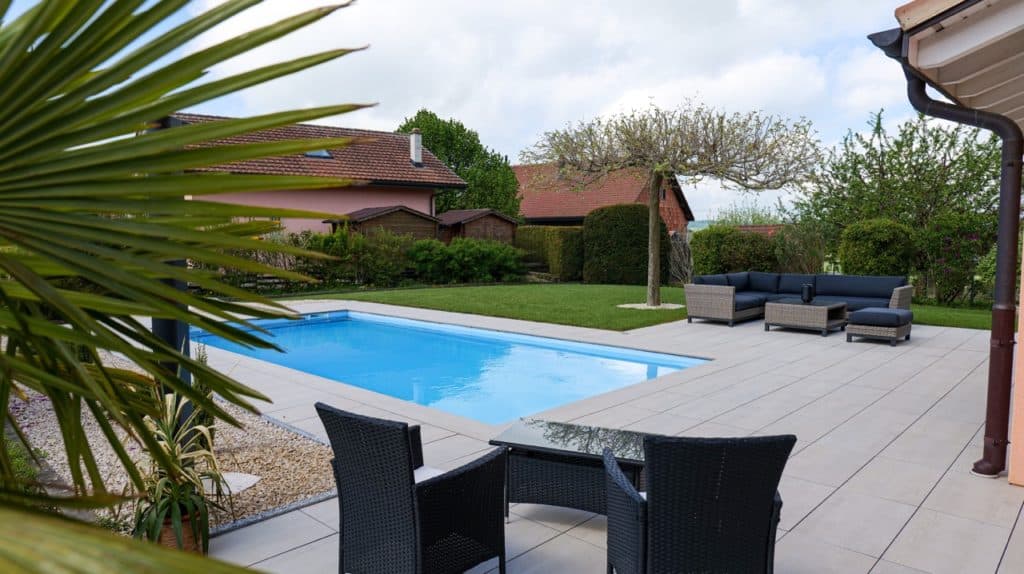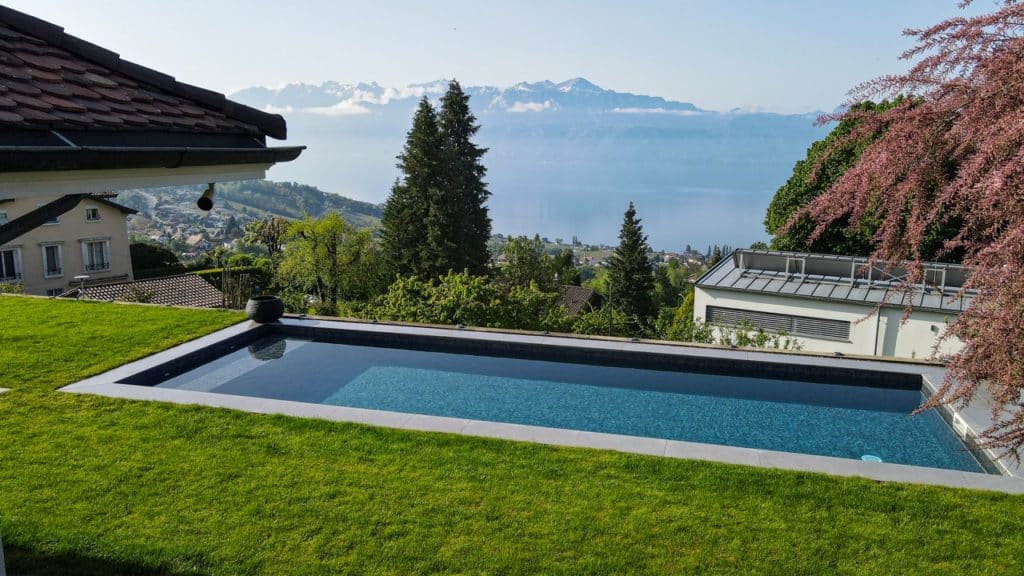Precise installation :
Installing a pool liner requires careful attention to detail to ensure optimum results.
Installing a pool liner requires careful attention to detail to ensure optimum results.
A new liner can enhance the appearance of your pool, offering a variety of colors, textures and patterns to match your aesthetic tastes.
Using our pool liner installation service saves you time and effort, so you don’t have to take on this labor-intensive and time-consuming task yourself.
A pool liner in good condition helps prevent unnecessary water leaks, which can save you money on your water bill in the long run.
A properly installed pool liner can extend the life of your pool by protecting its structure from water damage.




Replacing your traditional or reinforced pool liner comes at a price. That’s what’s probably making you hesitate. But you should know that waiting can do more damage than you think.
One of the most obvious signs that a pool liner needs replacing is when it begins to crack and tear. Over time, liners – which are PVC pool liners – deteriorate both from the sun’s UV radiation and from the chemicals poured into the pool for maintenance. This can cause the liner to become brittle. When your pool liner becomes brittle, it starts to crack and tear much more easily, which then leads to water leaking into your pool.
Liners (traditional or reinforced) can also replace aging tiles that are starting to peel.
Most pool linings today have a lifespan of 10 to 20 years. However, several factors can increase or decrease this lifespan. Keeping your water balanced slows the natural deterioration of your pool liner’s surface. Good water balance also keeps the surface soft and supple, so it doesn’t crack too easily.
When you’re thinking about your pool project, there comes a time when you need to choose the liner.
The traditional liner generally measures 75/100 mm. This is a flexible, single-layer PVC liner adapted to the dimensions and characteristics of the pool. It is, however, less resistant than a reinforced PVC membrane…
The reinforced membrane measures between 150/100 mm and 180/100 mm. It comes in rolls of reinforced PVC, smooth or 3D structured, and is welded directly into the pool. In addition to a lifespan estimated at 20 years, reinforced liner, unlike traditional liner, does not risk softening and creating irreversible creases under the effect of high temperatures.
Our pool liner replacement service ensures that your pool is both aesthetically pleasing and watertight. Our professional team removes the damaged liner or reinforced PVC membrane, prepares the surface, then installs a new liner, giving your pool a new lease on life and extended use. The work takes just a few days.
Do you have a question? We invite you to contact us by telephone on +41 26 476 02 00 or by e-mail at info@swisspool-liner.ch. If you have a more complex request, we suggest you contact us via the contact form.

Route de Fribourg 42 – 1772 Grolley